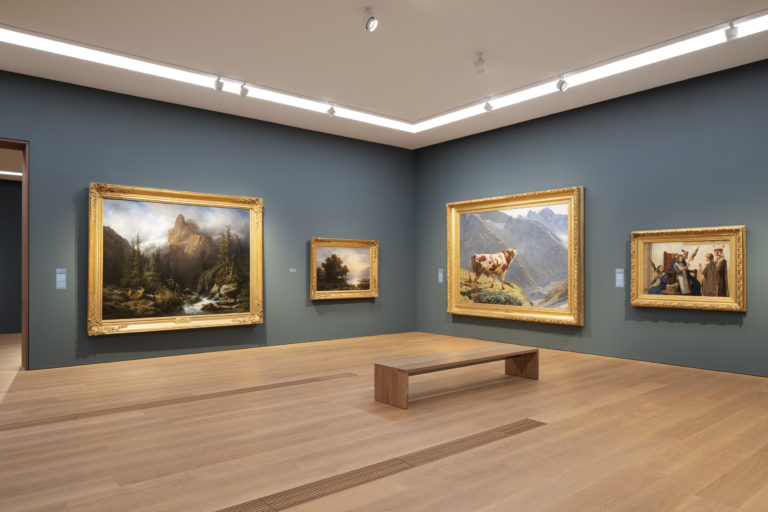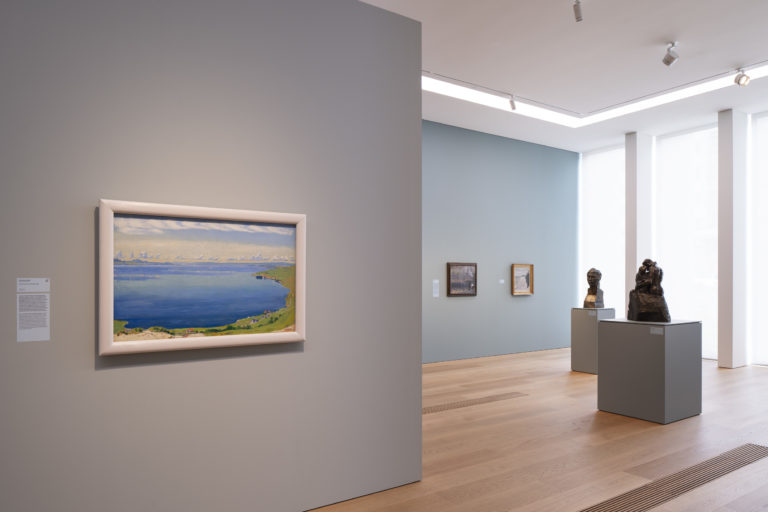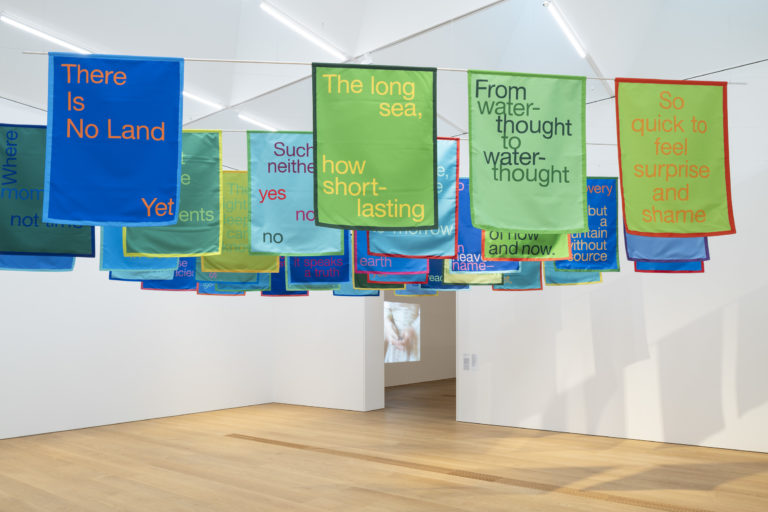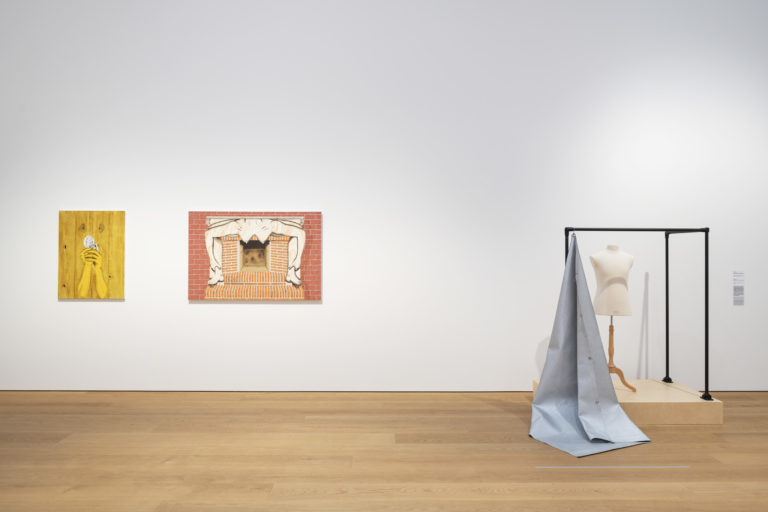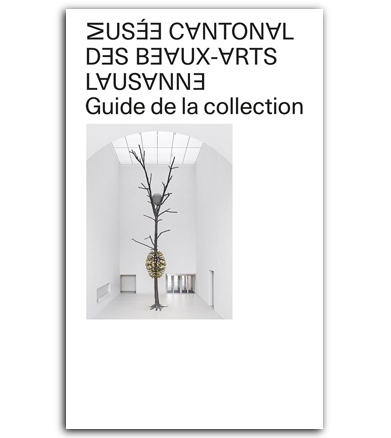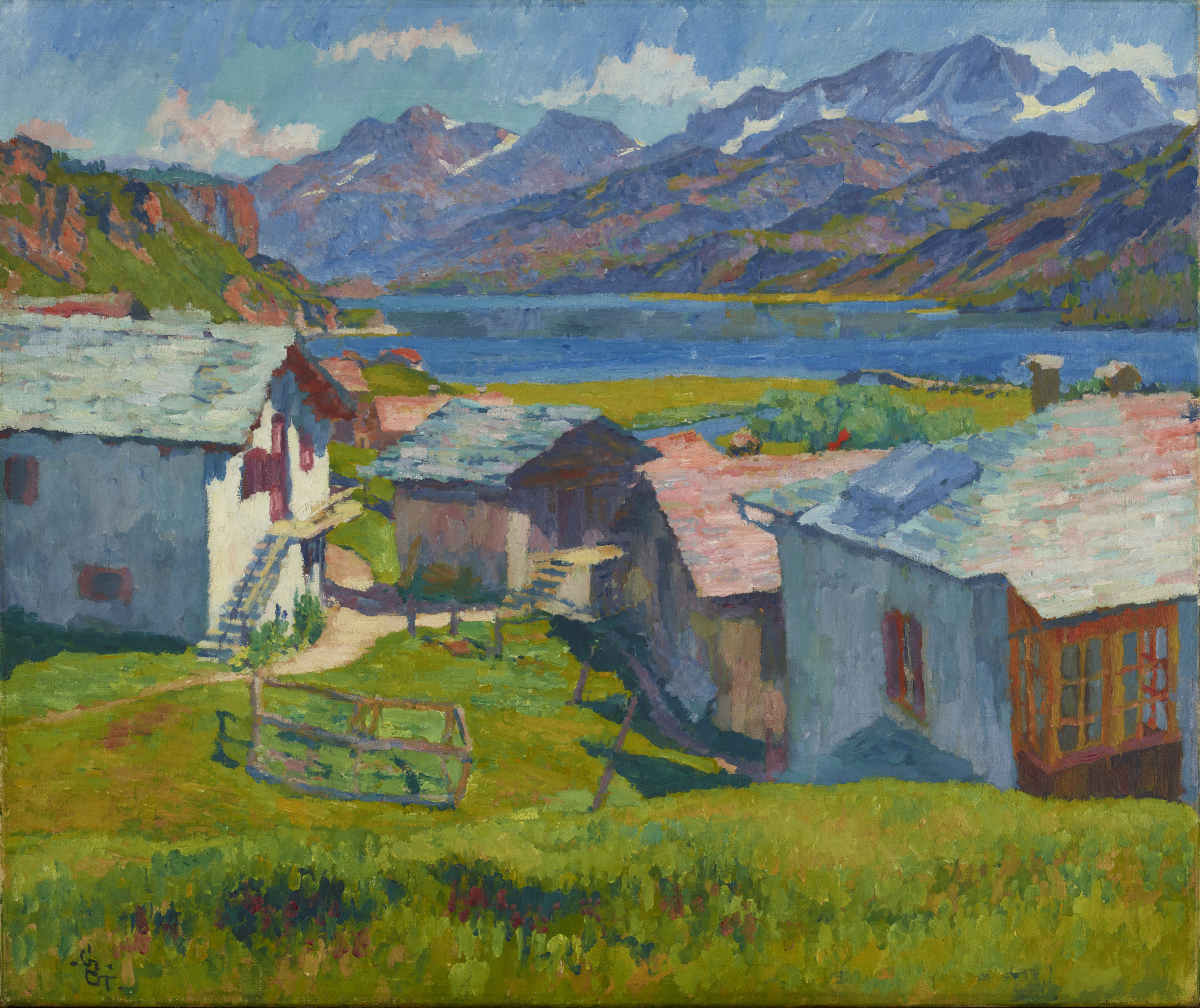
The Collection
Permanent presentation
“Come and see here what you won’t see elsewhere!” is the slogan for the permanent exhibition, laid out chronologically over two floors to showcase treasures from Vaud’s art collections, with some three hundred works dating from the eighteenth century to the present day.
Some rooms focus on a single artist well represented in the museum’s historical collection, such as Louis Ducros, Charles Gleyre, Félix Vallotton, Théophile-Alexandre Steinlen, and Louis Soutter, while others showcase major trends in post-World War Two acquisitions, such as drawings and paintings of the second Paris School, geometric abstraction, neo-Fauvism, and new media such as video and installation art.
It is planned that works on display will gradually be rotated over the years.
Credits and image caption:
Giovanni Giacometti, "Capolago and Lake Sils", 1926. Oil on canvas, 50 × 60 cm. MCBA, bequest of Henri-Auguste Widmer, 1936. Photo: MCBA
Giovanni Giacometti, "Capolago and Lake Sils", 1926. Oil on canvas, 50 × 60 cm. MCBA, bequest of Henri-Auguste Widmer, 1936. Photo: MCBA
